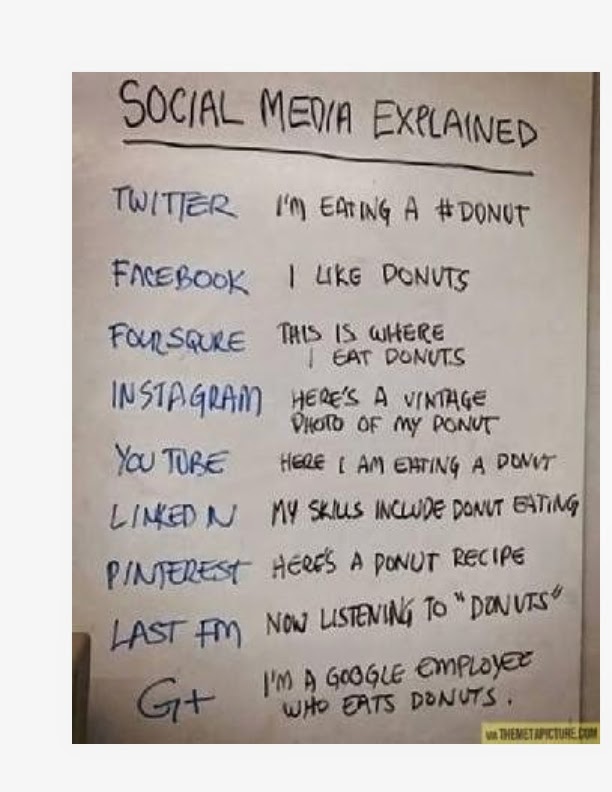Five years ago, appliance makers Maytag and Whirlpool both faced a
recessionary environment, intense global competition, and products that
consumers could not tell apart. Maytag elected to hunker down and cut
costs while Whirlpool took a different tack. Under then-CEO Dave
Whitwam, the company launched an all-out, enterprise-wide initiative to
develop a core competency in innovation. Not having a cookbook to
follow, they experimented with how best to reward risk-takers and foster
a culture where ideas were welcomed, supported, and funded.
Now the results are in. Maytag, a once-great American brand, cost cut
its way to near-oblivion, while a reenergized Whirlpool grew by 36
percent into a global appliance powerhouse. Whirlpool is in the final
stages of buying up Maytag for a fraction of its former worth.
More and more companies are embracing Whirlpool's strategy as they
see the limits of Maytag's. Yet in attempting to drive organic growth to
supplement acquisitions, companies routinely find they lack the
champions and risk-takers needed to dream up and execute bold new ideas.
"We've been operationally-minded for so long," they tell me, "that we
are having trouble finding entrepreneurially-minded folks to lead the
charge."
What behavior do you reward?
When it comes to changing people's behavior, it's important to remember an underlying principle: behavior that gets rewarded gets repeated.
If you've rewarded risk-avoidance, punished failure, and ingrained
incrementalism for decades and that was what moved managers up the
ladder of success, guess what types of projects people run away from?
For years, companies from Tyco to Kraft to GE rewarded managers for making their numbers, gobbling up other companies, and cutting costs. The fact is, it worked. Until it didn't any longer. Maverick thinkers who somehow made it through the Orwellian hiring tests that help HR departments identify "people who think and act just like us" were not seen as valuable talent but as difficult-to-manage nuisances. Often their reward was to be first-fired during layoffs.
So if you're now looking for different behavior, you have to get clear on exactly what actions, decisions, cultural norms and values you've been rewarding - and then look for ways to incent different behaviors going forward. It won't be enough to have your CEO speak about the importance of innovation as one of the company's 17 top priorities and expect people to suddenly alter ingrained habits. You'll need to do lots of things to get the word out that expectations are changing, and that not innovating is the greater risk to one's career.
For years, companies from Tyco to Kraft to GE rewarded managers for making their numbers, gobbling up other companies, and cutting costs. The fact is, it worked. Until it didn't any longer. Maverick thinkers who somehow made it through the Orwellian hiring tests that help HR departments identify "people who think and act just like us" were not seen as valuable talent but as difficult-to-manage nuisances. Often their reward was to be first-fired during layoffs.
So if you're now looking for different behavior, you have to get clear on exactly what actions, decisions, cultural norms and values you've been rewarding - and then look for ways to incent different behaviors going forward. It won't be enough to have your CEO speak about the importance of innovation as one of the company's 17 top priorities and expect people to suddenly alter ingrained habits. You'll need to do lots of things to get the word out that expectations are changing, and that not innovating is the greater risk to one's career.
If you have trouble identifying people in your organization whom
everyone recognizes as risk-takers and entrepreneurs, that should tell
you something. My advice: steer clear of monetary rewards as a way to
get attention. Beyond small monetary rewards given to teams not
individuals, cash for ideas can backfire, and besides, the literature
shows that recognition is the most reliable reward of all. Properly
motivated and recognized, enough people will step forward and seemingly
ordinary contributors that you may have assumed "didn't have it in them"
will do amazing things.
Publicizing examples of innovativeness from your own people is another way to gain buy-in and reinforce the new behaviors you're hoping to spawn. Not only do you shine a spotlight on people who dearly need recognition, but you provide evidence that innovation isn't something that only the Apples and the Googles can do; it's something your people are doing too - and need to do more of. Give recognition to teams and individuals who stick their necks out to launch new products, even if they aren't successful right off and even if they fail.
The rarest, and therefore the most valuable people to identify, are those who are more concerned about customers than they are about the latest company politics. Seek out those who care deeply about identifying problems customers have that they aren't solving very effectively using existing products. Look for people who dream up new solutions to customers' problems, who aren't content just to perfect the system but want to originate bold new products, services and solutions and change the system.
Robert B. Tucker is president of The Innovation Resource (www.innovationresource.com), an innovation consulting firm based in Santa Barbara, Calif. A frequent keynote speaker at conferences, he is the author of "Driving Growth Through Innovation: How Leading Firms Are Transforming Their Futures."
Publicizing examples of innovativeness from your own people is another way to gain buy-in and reinforce the new behaviors you're hoping to spawn. Not only do you shine a spotlight on people who dearly need recognition, but you provide evidence that innovation isn't something that only the Apples and the Googles can do; it's something your people are doing too - and need to do more of. Give recognition to teams and individuals who stick their necks out to launch new products, even if they aren't successful right off and even if they fail.
The rarest, and therefore the most valuable people to identify, are those who are more concerned about customers than they are about the latest company politics. Seek out those who care deeply about identifying problems customers have that they aren't solving very effectively using existing products. Look for people who dream up new solutions to customers' problems, who aren't content just to perfect the system but want to originate bold new products, services and solutions and change the system.
Robert B. Tucker is president of The Innovation Resource (www.innovationresource.com), an innovation consulting firm based in Santa Barbara, Calif. A frequent keynote speaker at conferences, he is the author of "Driving Growth Through Innovation: How Leading Firms Are Transforming Their Futures."





